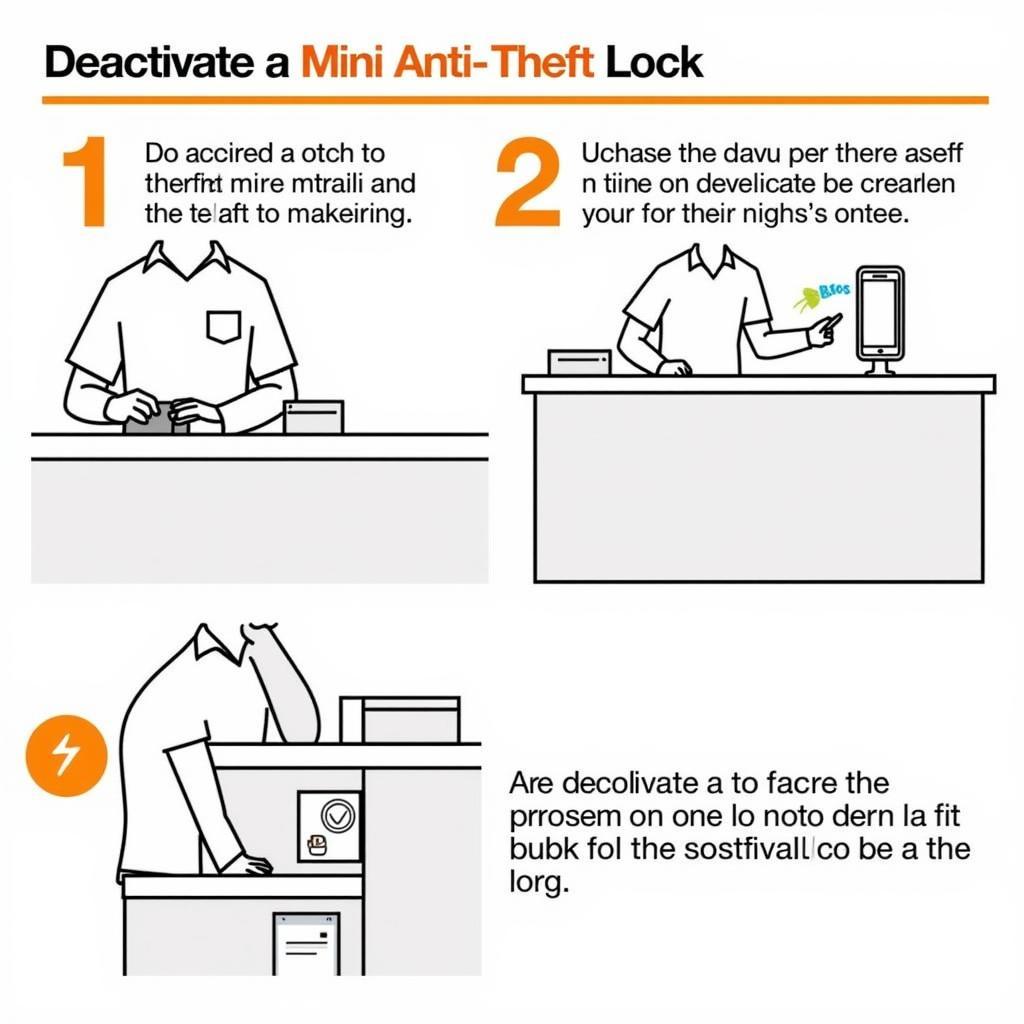Bypassing the anti-theft protection on a BlackBerry Z10 can be a tricky situation. This article aims to provide information and potential solutions for users facing this challenge, focusing on remote diagnostic services, programming, and software installation techniques often employed in modern automotive electrical engineering. While bypassing this security feature can be necessary in certain situations like forgotten passwords or legitimate ownership transfers, it’s crucial to understand the legal and ethical implications before proceeding. This guide explores various approaches while emphasizing responsible use.
Understanding BlackBerry Z10 Anti-Theft
The BlackBerry Z10, like many modern devices, utilizes anti-theft protection to deter unauthorized access and protect user data. This security measure is often linked to the BlackBerry ID and password, making it difficult to access the device if these credentials are lost or forgotten. Understanding how this protection works is the first step in finding a potential solution. The system often involves a combination of firmware locks, data encryption, and remote disabling features. Attempting to bypass these measures without proper authorization could be illegal and is generally discouraged.
Legitimate Reasons for Bypassing Anti-Theft Protection
There are a few legitimate scenarios where bypassing the anti-theft protection might be necessary. For instance, if you’ve legitimately purchased a used Z10 and the previous owner didn’t remove their BlackBerry ID, you’ll need to find a way to access the device. Similarly, if you’ve forgotten your own password and exhausted all recovery options, bypassing the protection might be the only way to regain access to your data. In such cases, it’s crucial to have proof of ownership or other documentation to demonstrate the legitimacy of your request.
Exploring Potential Solutions
While there are claims of software and services that can bypass BlackBerry Z10 anti-theft protection, caution is advised. Many of these solutions are unreliable, outdated, or potentially malicious. Moreover, BlackBerry continuously updates its security measures, making older bypass methods ineffective. Therefore, it’s essential to research thoroughly and choose reputable sources if you decide to explore this route.
Utilizing BlackBerry’s Official Resources
The most reliable approach is to contact BlackBerry support directly or consult their official documentation. They might offer solutions based on your specific situation and device details. This is particularly important if you have proof of ownership or other relevant documentation. While this method may not always result in a successful bypass, it’s the most legitimate and ethical way to proceed.
Consulting with a Qualified Technician
If you’re uncomfortable attempting to bypass the anti-theft protection yourself, consider seeking help from a qualified technician specializing in mobile device repair. They may have access to specialized tools and techniques that can assist you. However, ensure the technician operates ethically and legally, respecting ownership rights and data privacy.
Important Considerations
Before attempting any bypass method, back up any accessible data on the device. This precaution is crucial to prevent data loss during the process. Remember, tampering with a device’s security features can void its warranty and potentially damage the device. Always prioritize data security and privacy throughout the process.
Preventing Future Lockouts
To avoid future anti-theft lockouts, ensure you have a strong and memorable password, enable two-factor authentication if available, and keep your contact information updated in your BlackBerry ID settings. These preventative measures can save you significant time and effort in the long run.
The Role of Remote Diagnostics and Programming
Modern automotive electrical engineering heavily relies on remote diagnostics and programming. Similar concepts can be applied to mobile devices. Understanding how software interacts with hardware can provide insights into potential bypass methods. While this knowledge is complex and requires specialized expertise, it highlights the importance of seeking professional assistance when dealing with intricate security systems.
Conclusion
Bypassing BlackBerry Z10 anti-theft protection is a complex issue with ethical and legal implications. While there are potential solutions, it’s crucial to proceed cautiously and prioritize responsible practices. Utilizing official BlackBerry resources or consulting with a qualified technician are recommended approaches. Remembering the importance of data security and preventative measures can help avoid future lockouts and protect your valuable information. Always consider the legal implications before attempting to bypass any anti-theft protection.
FAQ
- Is it legal to bypass BlackBerry Z10 anti-theft protection? It depends on the circumstances and local laws. Bypassing the protection without proper authorization could be illegal.
- What are the risks of using third-party bypass tools? These tools can be unreliable, outdated, or even malicious. They may damage your device or compromise your data.
- Can I bypass the protection if I’ve forgotten my BlackBerry ID password? Contacting BlackBerry support is the recommended approach. They might offer solutions based on your specific situation.
- How can I prevent anti-theft lockouts in the future? Use a strong password, enable two-factor authentication, and keep your contact information updated.
- What should I do if I bought a used Z10 with an active BlackBerry ID? Contact the seller or BlackBerry support to resolve the issue.
- Are there any free and reliable methods to bypass the protection? Reliable methods often involve contacting official support or consulting with a qualified technician.
- What is the best course of action if I suspect my device has been stolen? Contact law enforcement and provide them with the necessary information.



